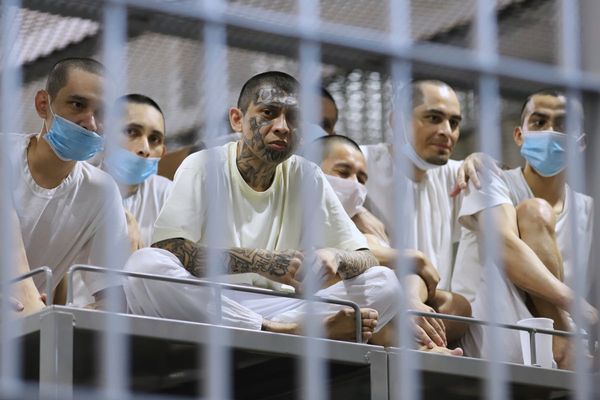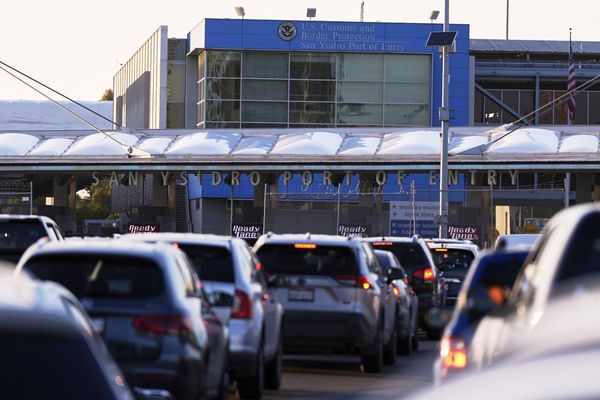When Bruce Glover was diagnosed with a rare blood cancer, he quickly realised life would not be the same.
"My doctor put her hand on my shoulder and said, 'I'm your friend for life,' and I realised at this stage it wasn't going to be cured," he said.
The 69-year-old runs his own business on the Gold Coast but has found it harder to stay on top of his game since being diagnosed with myelofibrosis in 2018.
"I used to be like the Energiser battery — I could outrun anyone in business, work and so forth," he said.
"I can't do the things I used to do, which gets extremely frustrating."
But a recent stroke of luck for a team of Adelaide researchers could lead to the first possible effective treatment for the rare and crippling blood cancer.
Myelofibrosis, a type of bone marrow cancer, affects about one in 100,000 people in Australia and can often lead to complete marrow failure or even acute leukaemia.
Daniel Thomas, leader of the Myeloid Metabolism Lab at the South Australian Health and Medical Research Institute (SAHMRI), has been searching for better therapies for primary myelofibrosis for three years.
"It progresses over a period of three to five years, resulting in severe fibrosis of the marrow, and it can sometimes change into acute leukaemia where patients get sick extremely quickly," he said.
Dr Thomas and his team of Adelaide researchers were trying to create a tool to help understand how the disease impacted the human body, but what they ended up discovering was much more extraordinary.
"As we were making an antibody to try and understand how calreticulin protein worked inside stem cells … we were completely shocked to find out that it actually stopped their (cancer cells') growth," he said.
Dr Thomas first assumed the results were a mistake.
"I said, 'We have to repeat this. This is too good to be true,'" he said.
But after multiple tests, he was convinced they had found a treatment for what is often considered an "undruggable mutation".
"And low and behold, the antibody actually stopped these [cancer cells] growing out but did not stop a single normal healthy stem cell growing," Dr Thomas said.
The new antibody is currently being prepared for early-phase clinical trials set to run in South Australia later this year.
Current medicine takes a toll
Myelofibrosis has been commonly treated since 2014 with a drug called ruxolitinib, which works by blocking cancer cells from multiplying.
However, the drug is only capable of controlling symptoms and does not kill cancer cells.
Ruxolitinib has helped stabilise Mr Glover's blood cell count, but the side effects have taken a toll.
"I have teeth falling out," Mr Glover said.
"I have night sweats … you get out of bed and you have to take your T-shirt off. It's totally wet.
"I might do that twice, three times a night."
Mr Glover said a new treatment would be "fantastic".
"Even at my age, I still believe there's so much more I can value add and give back to the community," he said.
Changing the future of cancer treatment
Researchers hope the unexpected find can lead to treatments for more than just myelofibrosis.
Similar peptide fragments like the one used to generate the new antibody can also be found in other types of cancers.
Dr Thomas's team discovered that certain mutations drove cancer growth, and these could also be targeted and killed without causing side effects, potentially opening the door for further cancer treatment breakthroughs.
"It gives us a very real opportunity to remove … over time every single mutant cell because they all have the same driver calreticulin (CALR) mutation," he said.
Dr Thomas has started work building a computational algorithm to detect these fragments to help pathology companies and doctors link to their clinical trials.







